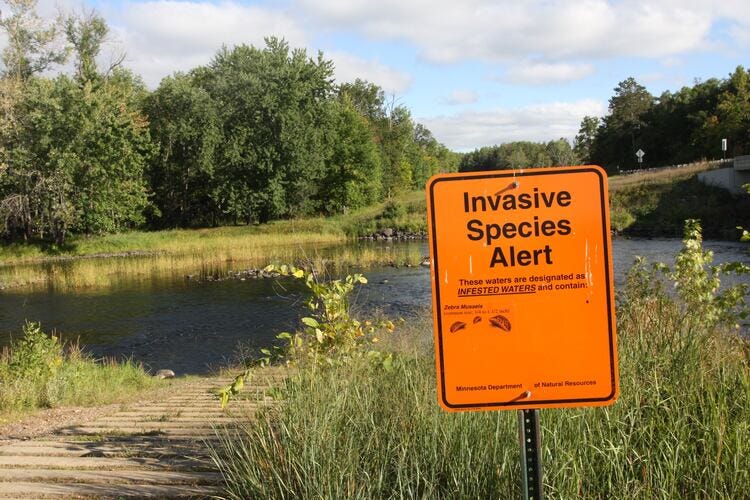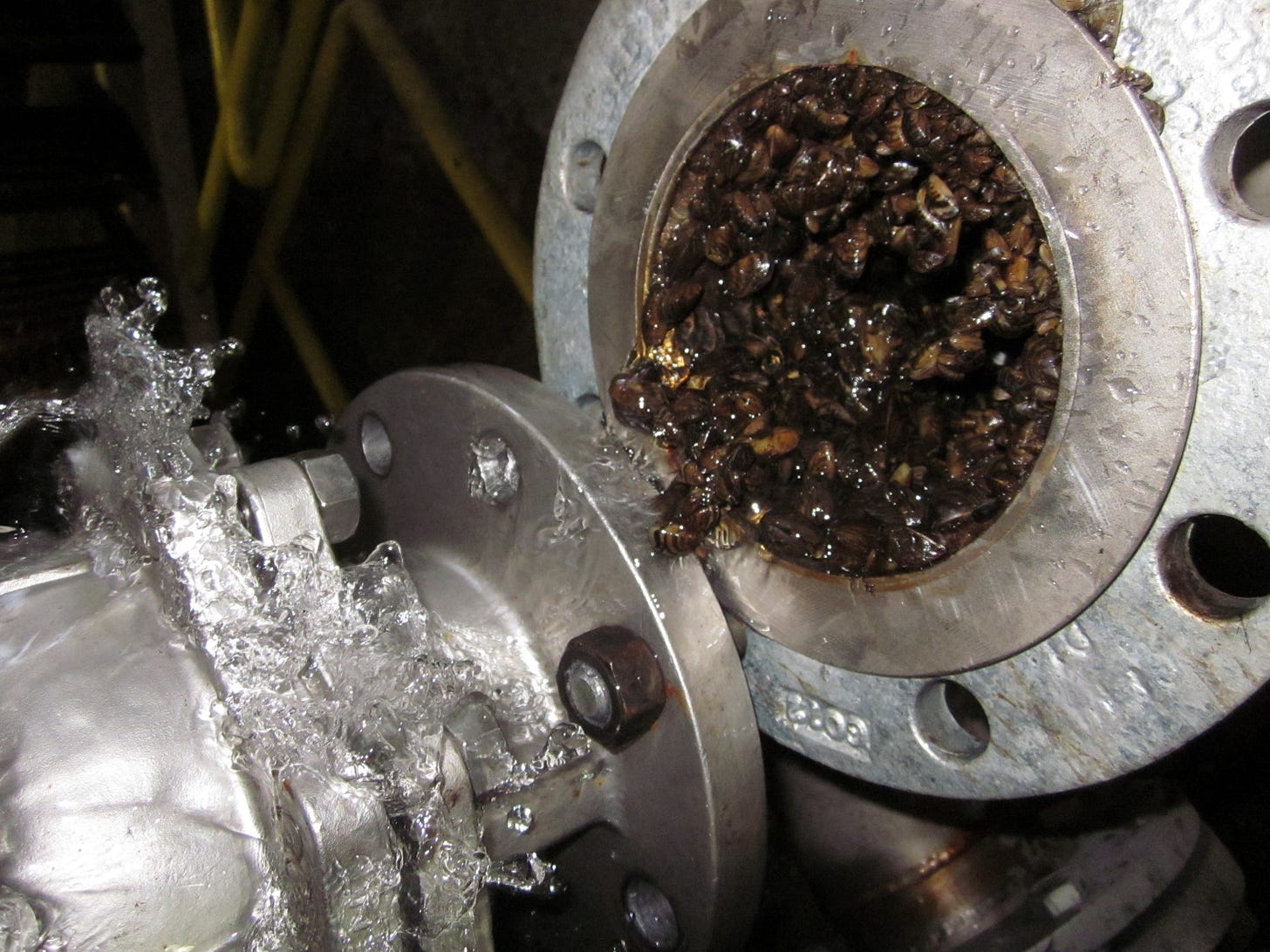💡Investment Notes: Why we invested in the Invasive Species Corporation
Eradicating invasive species through innovation.
The invasive species problem is a devastating one, on more than one count. Invasive species have:
factored in at least 60% of all the global extinctions recorded by the IPBES;
cost the global economy over US$1 trillion in damages from 1970-2017 across agriculture, infrastructure, and more, with a whopping annual mean cost of US$423 billion today - a cost that is expected to increase by 3x every decade; and
spread pathogens, such as the invasive Aedes albopictus mosquito, a vector for many diseases, including West Nile Virus and Dengue fever.
Yet despite these huge impacts, the invasive species challenge is one that has been drastically under addressed by technical innovation and private investment - despite the invasive species problem getting worse with climate change. Beyond that, pest outbreaks (one form of invasive species) that reduce carbon sequestration and increase greenhouse gas emissions through tree deaths and algal blooms.
Last year, as part of its mission to drive biodiversity-positive impact, Silverstrand made an investment into the aptly named Invasive Species Corporation (ISC). ISC was established for the discovery, development, and deployment of sustainable biological solutions to control a number of invasive species, starting in the US with the prolific Zebra and Quagga mussels, and Asian Carp.
Beyond it’s huge potential for change, here’s why we invested.
1. Addressing large and unmet market needs.
Native to the Baltic region, the Zebra and Quagga mussels are highly invasive in the Great Lakes, Europe, and Canada, damaging water systems and other marine infrastructure, and drastically altering freshwater ecosystems. These species are highly fertile (The Zebra mussel, for example, with a single female releasing up to 5 million eggs a year), are projected to cause the extinction of 140 species alone, and costs the power industry up to $60 million per year due to clogging of pipes. Temporary shutdowns due to insufficient water flow can cost over $5,000 per hour.
The US Government, public, and private companies have spent over US$500 million annually for this issue (and likely higher), using chemicals such as Chlorine and copper which not only corrode infrastructure, but also have been scientifically proven to have side effects on human and animal health. In Canada, management costs stand at about $250 million per year.
Another problem-causing species group, invasive fish, are destroying US rivers and streams. The Asian carp species, for example, initially invaded the US’ Mississippi River systems, but then spread east and west into other river systems. These carp are rapidly multiplying, eliminating native species and degrading the water ecosystem, affecting local fishing industry, and posing safety issues by jumping and hitting boat riders. The only other current solution besides physical removal is Rotenone, which has been shown to cause Parkinson’s disease. The US Government has spent a massive $1.2 billion to prevent the carp from getting into the Great Lakes, and only to block one point of entry. Invasive carp is a global problem, not just the US. For example, Asian carp is a major problem in Australia. Not only is it more environmentally friendly - ISC’s Piscamycin™ has been shown to be more effective than Rotenone for carp control.
ISC’s microbe-based products are a welcome and proven alternative to these costly attempts to mitigate the invasive species problems there. While there are other biotech companies focused on creating microbial solutions, they have been largely concentrated on serving the agriculture market.
2. A proven team, with technical product and start-up growth expertise
Dr. Pam Marrone, one of the co-founders of ISC, is one of the worlds’ experts on microbiological solutions to pests and invasive species, with a PhD in Entomology. She has previously grown and exited similar companies, with the latest being Marrone Bio Innovation, which IPOed with >US$200 million valuation. Prior to that, another company she founded, AgraQuest, was sold to Bayer Crop Science for $425 million. James Boyd, her co-founder, has had over 20 years of experience as a CFO for a number of publicly listed companies.
Pam and James have brought an experienced team into ISC, including Dr. Amit Vasavada, who was CTO for Pam and Jim’s pervious company, Marrone Bio, and who has a PhD in Applied Microbiology and many years of researching and manufacturing microbes and bacteria through fermentation, and James (Jim) Gollub, whose career has been in economic analyses, strategy and commercializing technologies.
3. Scalability in their model and speed to execute, through AI & strong strategic partnerships.
While product discovery, development and registration for this type of solution can be time and capital intensive, ISC has processes and knowhow to drastically reduce both. ISC has already identified several microbes that could address multiple problems (various beetles, weeds etc.). This will be enhanced with a systematic selection process using AI/Machine learning; where others can take up to 10 years to identify and develop compounds, ISC has drastically reduced its time to execute.
Learning from its management experience within prior companies, ISC has also identified several strategic partners to lower capital requirements. The founders have also established cooperative relationships with government agencies that provides them with assistance with regulatory approval for applications, as well as support in R&D.
For a problem as enduring and challenging as the invasive species issue, we need effective technological innovation that is also ecologically sensitive. At Silverstrand, we are proud to be supporting the Invasive Species Corporation in their mission to eradicate these often overlooked drivers of biodiversity loss.
Thanks for reading! Interested to learn more? Read more about ISC at their website and Linkedin, as well as their feature on the Silverstrand Linkedin, or at our investment press release.
If you enjoyed these notes, please consider sharing it with your network and subscribing for future updates!







